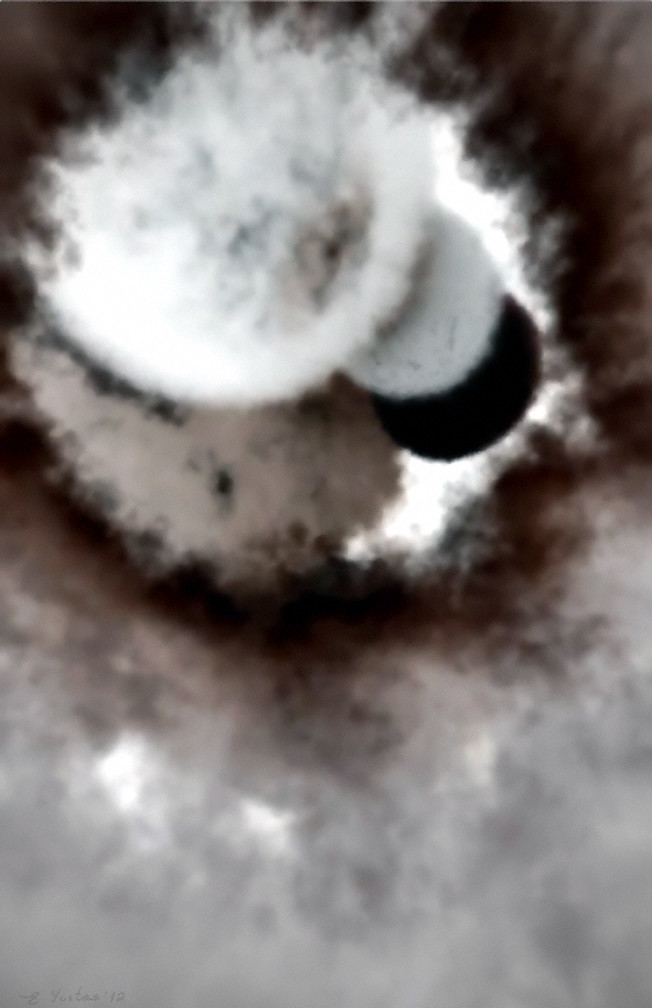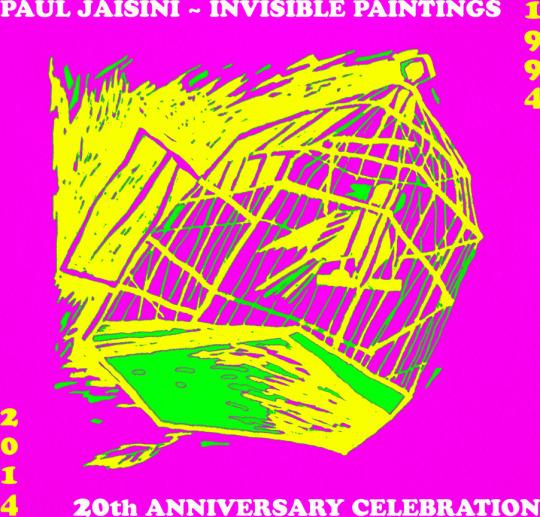Video
painting own shadow p jaisini revisited gif edition by Ellen Yustas K. Gottlieb
#jaisini#art-news-jaisini#new-gif-jaisini#art-gif-jaisini#pauljaisini#homage-to-jaisini#jaisini-gif#gif-series-jaisini#art-gif-gleitzeit-2012-15#face-jaisini#paul-jaisini-the-subject-of-artworks#gleitzeit-project#gleitzeit-manifesto1990-jaisini#gleitzeit-cat#lost-kitty-jaisini#robot-cat-jaisini#toy-jaisini#j-jaisini#super-cool-image-jaisini
40 notes
·
View notes
Link
18 notes
·
View notes
Link
4 notes
·
View notes
Photo

https://www.flickr.com/photos/79122378@N02/22193399266/in/dateposted-public/
37 notes
·
View notes
Photo

http://www.italian-renaissance-art.com/Sandro-Botticelli.html
15 notes
·
View notes
Photo

Bonfire of the Vanities A Bonfire of the Vanities (Italian: Falò delle vanità) is a burning of objects condemned by authorities as occasions of sin. The phrase usually refers to the bonfire of 7 February 1497, when supporters of the Dominican priest Girolamo Savonarolacollected and publicly burned thousands of objects such as cosmetics, art, and books in Florence, Italy, on the Mardi Grasfestival.[1] Such bonfires were not invented by Savonarola, but had been a common accompaniment to the outdoor sermons ofSan Bernardino di Siena in the first half of the century.The focus of this destruction was nominally on objects that might tempt one to sin, including vanity items such as mirrors, cosmetics, fine dresses, playing cards, and even musical instruments. Other targets included books that were deemed to be immoral, such as works by Boccaccio, and manuscripts of secular songs, as well as artworks, including paintings and sculpture.
34 notes
·
View notes
Photo

Subj: Comments to be published on Paul Jaisini’s art
Would “The Marble Lady” and Paul Jaisini ‘s other paintings become conventional paintings if the reviews written about them were laid out on canvas? His exploration of new media and methods is an exhilarating return to humankind’s attempt to describe its surroundings, emotions, the very latticework of its being. What defines the existence of art? Countless paintings, sculptures and other works have been lost physically to time yet they survive in the collective mind of human kind in descriptions, accounts, memories and legends. A painting burns in a fire, yet as long as someone remembers it or writes down an account of it still exists. With much respect for breathing fresh life into art in its multitude of forms.
266 notes
·
View notes











